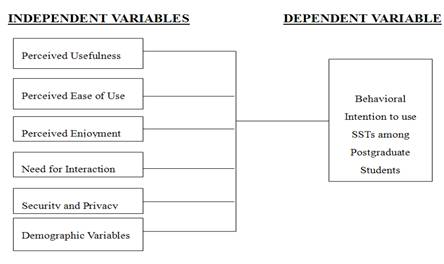
Bulls-eye!!!
A good research provides reliable and valid results. Don't you agree?
So why is it very important for a research to have reliability and validity? Before that, we need to know what is validity and reliability.
Validity is the meaningfulness or usefulness of the specific inferences researches make based on the data they collect.
What kinds of evidence might a researcher collect? Essentially, there are three main types.
- Content-related evidence of validity refers to the content and format of the instrument.
- Criterion-related evidence of validity refers to the relationship between scores obtained using the instrument and scores obtained using one or more other instrument or measures.
- Construct-related evidence of validity refers to the nature of psychological construct or characteristic being measured by the instrument.
Reliability refers to consistency of the scores obtained.
Reliability and validity always depend on the context in which an instrument is used.









